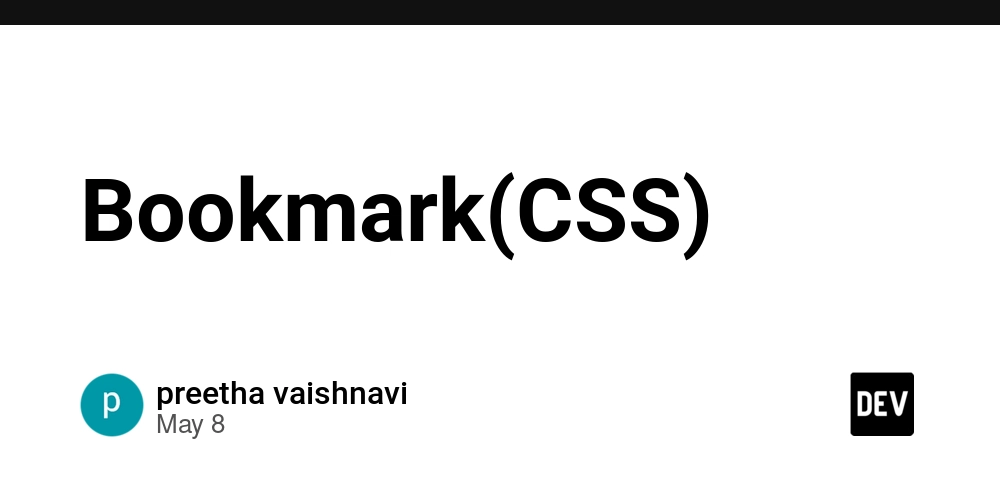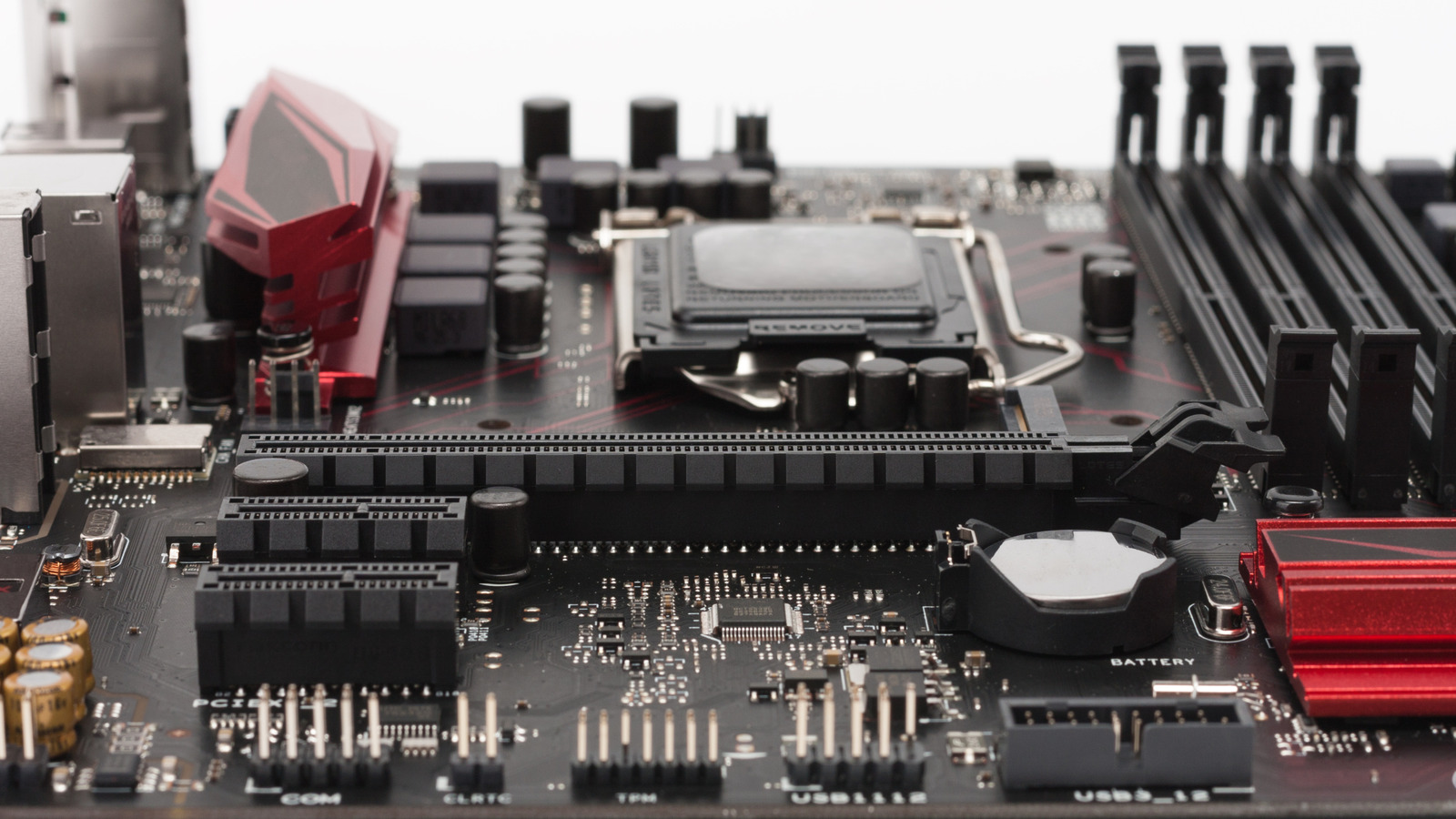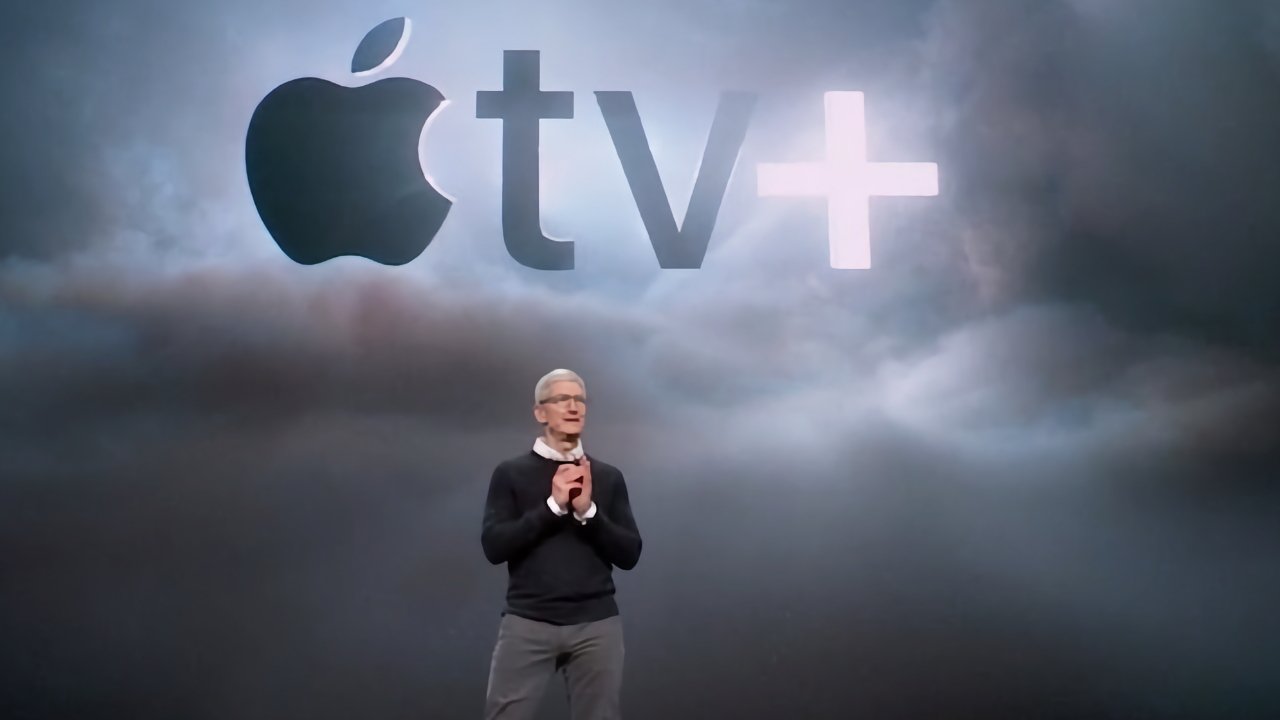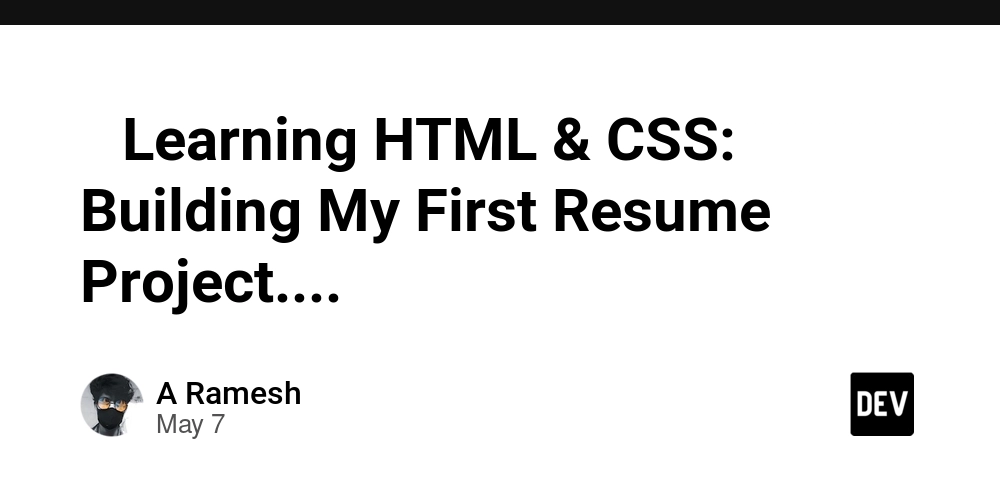ASP.NET Talent in 2025 – The Capabilities To Expect
This guide demonstrates hiring managers and tech leads exactly what 'modern .NET web' means in 2025, so you can draft accurate job posts, plan migrations, and avoid costly skill mismatches. ** What Skills Employers Demand in 2025 ** These job posts mirror what most employers expect (and we at Belitsoft as at a custom software development company receive from customers): “Develop and maintain RESTful Web APIs using .NET Core… integrate with databases via Entity Framework Core… deploy on Azure” “Collaborate with front-end teams, write clean C# back-end logic, design database schemas, debug and test”. ** Why ASP.NET Core Is the Standard for Modern .NET Web Development ** If you’re building anything web-facing in .NET today – whether it’s an application, an API, or the backend that keeps a product online – you’re working in ASP.NET Core. Because that’s the standard now. Most systems need a backend that can handle data, requests, sessions, and user logic without turning brittle under real usage. ASP.NET Core does that. It’s the default for building HTTP APIs, handling authentication, talking to databases, and serving the parts of a system that aren’t visible but have to work. It’s Microsoft’s direction. ASP.NET Core is where the development focus goes. It’s cross-platform, fast, and built for modern deployment targets – whether you're breaking things into microservices or just running in containers. Everything new – performance updates, integration support, improvements to the framework – happens here. It’s also the baseline for modern .NET web teams. If you’re not on it, you’re either maintaining legacy or preparing to leave it. There are other domains inside .NET – game development, desktop apps, data workflows – and they follow different tracks. But for the web ASP.NET Core is where the work happens now. ** The Core Components of the Modern ASP.NET Core Stack (2025) ** When you’re hiring for a modern .NET web team, or planning what that team should be working with, there’s a baseline set of technologies that define the current server-side stack. At the center is the framework itself – ASP.NET Core. It supports a range of paradigms. Web API is still the standard for building RESTful HTTP services. Minimal APIs offer a lighter approach for quickly standing up endpoints – often paired with OpenAPI out of the box. If you're building server-rendered apps, MVC is still used. Razor Pages approach is better suited for page-driven UI where full MVC patterns add overhead Beyond those, the framework includes support for real-time communication with SignalR, high-performance remote calls with gRPC, and YARP, the reverse proxy. The language is C#, and most teams stay aligned with the latest stable version – which, as of .NET 9 in April 2025, is C# 13. For data access, Entity Framework Core remains the default. It’s the ORM most teams use to handle relational data without writing raw SQL everywhere. Alternatives exist, and they matter in high-performance scenarios – Dapper for speed with minimal abstraction, raw ADO.NET when full control is needed. On the deployment side, cloud and containers are the standard. Azure remains the most common landing spot, with App Service, Azure Kubernetes Service, and Container Apps all in regular use. AWS and Google Cloud aren’t rare either. Containers are expected. Docker is the packaging format. Kubernetes is often the orchestrator. CI/CD is a part of the normal workflow. Whether it’s Azure DevOps, GitHub Actions, Jenkins, or something else, teams automate builds, run tests, and deploy from commit to environment. If you’re putting together a team, evaluating a candidate, or scoping a project – this is the working definition of the modern ASP.NET Core environment in 2025. ** Client-side story ** Blazor is where teams stay inside the C# world. It’s matured well, and by .NET 9, it’s a production-grade option for building client-side UIs. Whether you're using Blazor Server, WebAssembly, or one of the new hybrid approaches, the appeal is – the full-stack development. But in most companies, JavaScript frameworks haven’t gone anywhere. React, Angular, Vue – they’re still widely used, often by dedicated frontend teams working alongside backend engineers. The architecture is clear: APIs on the ASP.NET Core side, UI rendered on the JavaScript side. It’s common for .NET developers to focus on backend systems while exposing endpoints that frontend apps consume. Knowing how those APIs will be used – what a frontend developer expects, how authentication flows work, what versioning looks like – is a baseline awareness for working in a modern .NET environment. ** Navigating Legacy .NET Technologies ** Legacy systems are still part of the picture in 2025 because they’ve been running long enough to justify their own inertia. Knowing which technologies still show up – and what they imply for hiring, maintenance, and mod

This guide demonstrates hiring managers and tech leads exactly what 'modern .NET web' means in 2025, so you can draft accurate job posts, plan migrations, and avoid costly skill mismatches.
**
What Skills Employers Demand in 2025
**
These job posts mirror what most employers expect (and we at Belitsoft as at a custom software development company receive from customers):
- “Develop and maintain RESTful Web APIs using .NET Core… integrate with databases via Entity Framework Core… deploy on Azure”
- “Collaborate with front-end teams, write clean C# back-end logic, design database schemas, debug and test”.
**
Why ASP.NET Core Is the Standard for Modern .NET Web Development
**
If you’re building anything web-facing in .NET today – whether it’s an application, an API, or the backend that keeps a product online – you’re working in ASP.NET Core. Because that’s the standard now.
Most systems need a backend that can handle data, requests, sessions, and user logic without turning brittle under real usage. ASP.NET Core does that. It’s the default for building HTTP APIs, handling authentication, talking to databases, and serving the parts of a system that aren’t visible but have to work.
It’s Microsoft’s direction. ASP.NET Core is where the development focus goes. It’s cross-platform, fast, and built for modern deployment targets – whether you're breaking things into microservices or just running in containers. Everything new – performance updates, integration support, improvements to the framework – happens here.
It’s also the baseline for modern .NET web teams. If you’re not on it, you’re either maintaining legacy or preparing to leave it.
There are other domains inside .NET – game development, desktop apps, data workflows – and they follow different tracks. But for the web ASP.NET Core is where the work happens now.
**
The Core Components of the Modern ASP.NET Core Stack (2025)
**
When you’re hiring for a modern .NET web team, or planning what that team should be working with, there’s a baseline set of technologies that define the current server-side stack.
At the center is the framework itself – ASP.NET Core. It supports a range of paradigms.
- Web API is still the standard for building RESTful HTTP services.
- Minimal APIs offer a lighter approach for quickly standing up endpoints – often paired with OpenAPI out of the box.
- If you're building server-rendered apps, MVC is still used.
- Razor Pages approach is better suited for page-driven UI where full MVC patterns add overhead
- Beyond those, the framework includes support for real-time communication with SignalR, high-performance remote calls with gRPC, and YARP, the reverse proxy.
The language is C#, and most teams stay aligned with the latest stable version – which, as of .NET 9 in April 2025, is C# 13.
For data access, Entity Framework Core remains the default. It’s the ORM most teams use to handle relational data without writing raw SQL everywhere. Alternatives exist, and they matter in high-performance scenarios – Dapper for speed with minimal abstraction, raw ADO.NET when full control is needed.
On the deployment side, cloud and containers are the standard. Azure remains the most common landing spot, with App Service, Azure Kubernetes Service, and Container Apps all in regular use. AWS and Google Cloud aren’t rare either. Containers are expected. Docker is the packaging format. Kubernetes is often the orchestrator.
CI/CD is a part of the normal workflow. Whether it’s Azure DevOps, GitHub Actions, Jenkins, or something else, teams automate builds, run tests, and deploy from commit to environment.
If you’re putting together a team, evaluating a candidate, or scoping a project – this is the working definition of the modern ASP.NET Core environment in 2025.
**
Client-side story
**
Blazor is where teams stay inside the C# world. It’s matured well, and by .NET 9, it’s a production-grade option for building client-side UIs. Whether you're using Blazor Server, WebAssembly, or one of the new hybrid approaches, the appeal is – the full-stack development.
But in most companies, JavaScript frameworks haven’t gone anywhere. React, Angular, Vue – they’re still widely used, often by dedicated frontend teams working alongside backend engineers. The architecture is clear: APIs on the ASP.NET Core side, UI rendered on the JavaScript side. It’s common for .NET developers to focus on backend systems while exposing endpoints that frontend apps consume.
Knowing how those APIs will be used – what a frontend developer expects, how authentication flows work, what versioning looks like – is a baseline awareness for working in a modern .NET environment.
**
Navigating Legacy .NET Technologies
**
Legacy systems are still part of the picture in 2025 because they’ve been running long enough to justify their own inertia. Knowing which technologies still show up – and what they imply for hiring, maintenance, and modernization – is a key.
- Web Forms is the one that lingers longest. Built on .NET Framework 4.x, it still receives security patches, but it’s been out of active development for years. You’ll mostly find it in internal tools or aging line-of-business apps. It doesn’t migrate cleanly. Moving off it usually means a full rebuild.
- ASP.NET MVC (4.x/5) is in a similar state – still operational, but no longer evolving. Any current MVC development happens inside ASP.NET Core. That distinction matters when hiring: someone with MVC 5 experience doesn’t automatically translate into someone comfortable with the Core version.
- ADO.NET is technically still current and often used for straightforward data access. But in practice, it's been replaced in most new code by EF Core or, in high-performance cases, by Dapper.
- WCF and SOAP services can still be hosted, but they’re increasingly isolated. RESTful APIs using ASP.NET Core Web API, or internal communication via gRPC, have replaced them in most new developments.
- Classic IIS deployments are still standard in long-running enterprise setups. But the move has been toward ASP.NET Core apps running behind Kestrel, reverse-proxied, often containerized, and deployed to cloud environments or Kubernetes clusters. **
Supported releases
**
Today’s (April 2025) supported releases – .NET 9 (end of support on May 12, 2026) and the long-term-support line .NET 8 (end of support on 10, 2026) – go only with ASP.NET Core, making it the mainstream web stack.
Originally published here








































































































































































![[The AI Show Episode 146]: Rise of “AI-First” Companies, AI Job Disruption, GPT-4o Update Gets Rolled Back, How Big Consulting Firms Use AI, and Meta AI App](https://www.marketingaiinstitute.com/hubfs/ep%20146%20cover.png)


























































































































![[DEALS] The Premium Python Programming PCEP Certification Prep Bundle (67% off) & Other Deals Up To 98% Off – Offers End Soon!](https://www.javacodegeeks.com/wp-content/uploads/2012/12/jcg-logo.jpg)














































































































-Mafia-The-Old-Country---The-Initiation-Trailer-00-00-54.png?width=1920&height=1920&fit=bounds&quality=70&format=jpg&auto=webp#)
-Nintendo-Switch-2---Reveal-Trailer-00-01-52.png?width=1920&height=1920&fit=bounds&quality=70&format=jpg&auto=webp#)























_Sergey_Tarasov_Alamy.jpg?width=1280&auto=webp&quality=80&disable=upscale#)





























































































![Instacart’s new Fizz alcohol delivery app is aimed at Gen Z [U]](https://i0.wp.com/9to5mac.com/wp-content/uploads/sites/6/2025/05/Instacarts-new-Fizz-alcohol-delivery-app-is-aimed-at-Gen-Z.jpg?resize=1200%2C628&quality=82&strip=all&ssl=1)




















![Beats Studio Pro Wireless Headphones Now Just $169.95 - Save 51%! [Deal]](https://www.iclarified.com/images/news/97258/97258/97258-640.jpg)































































































